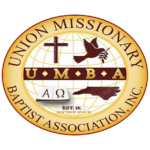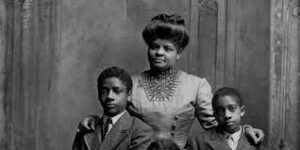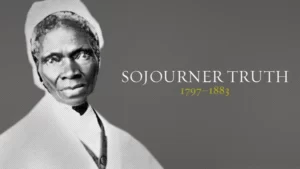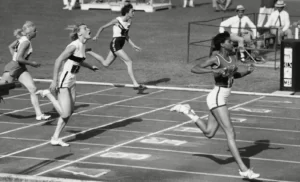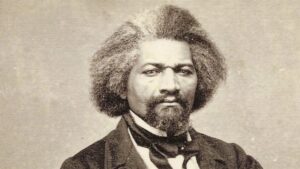The stars were always within reach for Katherine Johnson. Using her mathematics skills, she helped NASA send astronauts to the moon and return them safely home. She also overcame racial and gender hurdles that helped make giant leaps for humankind.
Johnson was born in White Sulphur Springs, West Virginia, on August 26, 1918. Math came easy to her, but she worked hard to master geometry and algebra. She started high school when she was just 10 years old (most kids are in fourth or fifth grade when they’re 10!) and college when she was 15. After she graduated with honors at 18, Johnson taught Black students math. She later enrolled in graduate school at West Virginia University to study math but left early to raise a family and return to teaching.
In 1952, when she was 34 years old, she learned about jobs for Black women with mathematics and computing skills at the Langley laboratory at the National Advisory Committee for Aeronautics, which would later become NASA. She and the other women worked as “human computers,” figuring out the difficult calculations needed for spaceflight. During her time there, she broke racial barriers, like using the bathroom that was supposed to be for white women only.
One of her biggest accomplishments at NASA was helping calculate the trajectory, or path, of the country’s first human spaceflight in 1961, making sure astronaut Alan B. Shepard, Jr., had a safe trip. A year later she helped figure out John Glenn’s orbit of the planet, another American first. In 1969, she calculated the trajectories of Neil Armstrong’s historic mission to the moon on Apollo 11.
